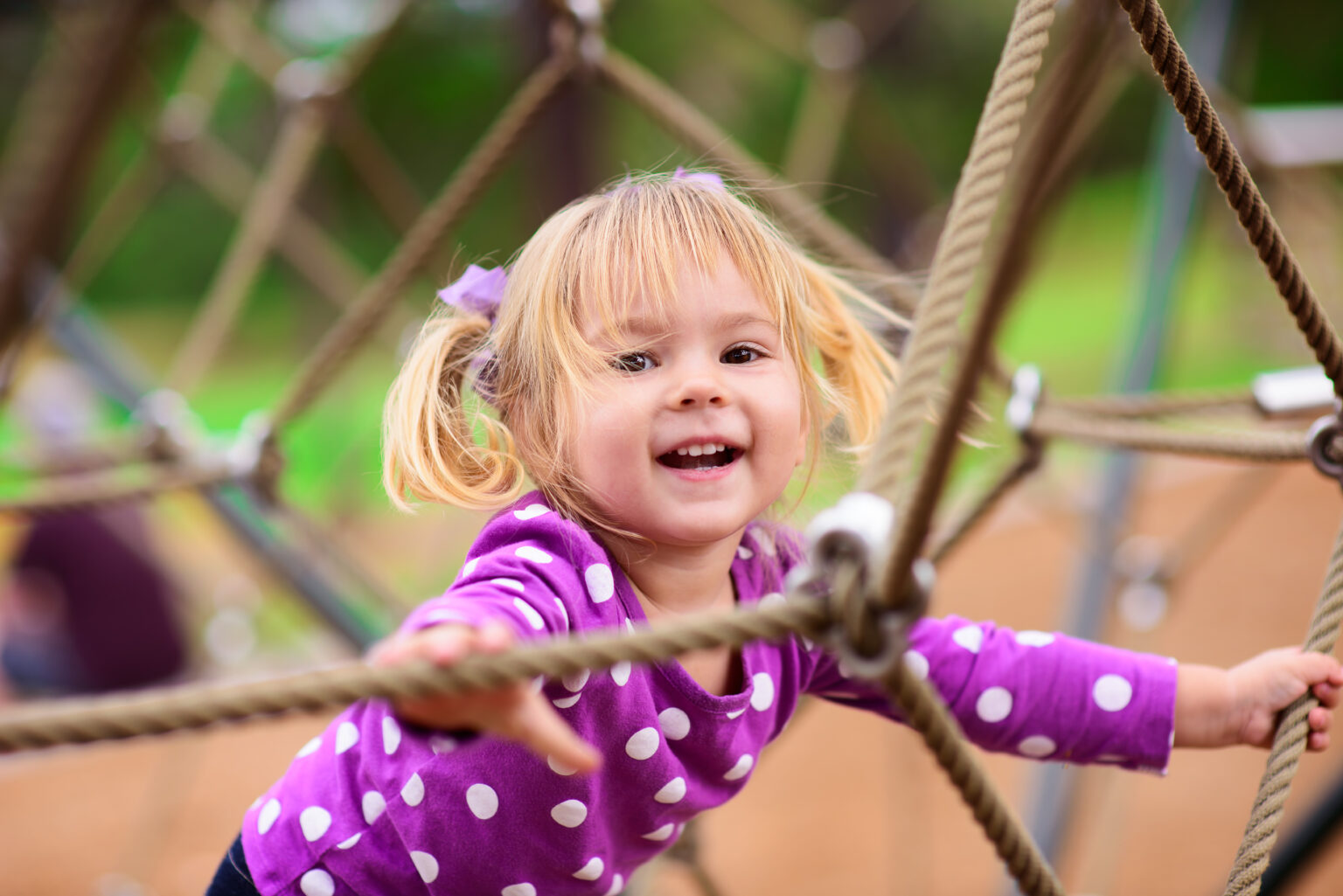What makes an environment ‘enabling’?
To help ensure your environment is enabling, follow this checklist:
- Create an environment that is warm, welcoming and nurturing and facilitates a sense of belonging
- Offer a range of resources, which are familiar to the children and babies, as well as activities that are new and more challenging to them
- Ensure that the activities and environment offer room for outdoor and indoor play, sufficient space for children to move and collaborate, and encourage exploration and risk-taking
- Provide a range of activities which serve different purposes: inspire imagination and role play, exploration of personal relationships and feelings, problem solving, quiet time and reflection. Consider having a construction area, home corner, various toys and books, storytelling times, music and art
- Ensure the activities and environment meet the needs of all the children who attend, from very young babies to older children
- Consider how you can ensure all children feel welcomed and valued. Some ideas include fostering close collaboration with parents and carers by including family photos on display boards, singing songs sung in the family home, and providing a comfortable welcoming area with places for a parent or carer to sit with staff and their child
- Pay close attention to individual children. Consider: What are they interested in and how you could incorporate this into your play environment? How can you help them communicate better? When are they ready to play and ready for rest? When are they intrinsically motivated to learn? How can they have choice and control? Is the environment meeting their individual needs? Are there barriers to them accessing the environment?
- Ensure staff understand the importance of building warm and supportive relationships and the importance of nurturing a child’s development
- Ensure activities and resources are at child height and accessible and use resources which can be moved and used in a variety of ways
- Allow children the time and space to focus and reduce noise distractions
- Ensure that the child’s ‘voice’ is listened to and heard when it comes to decisions that affect them, including how they show kindness to each other and how they are supported to regulate their emotions
- Engage children in activities to build their emotional resilience and social skills

